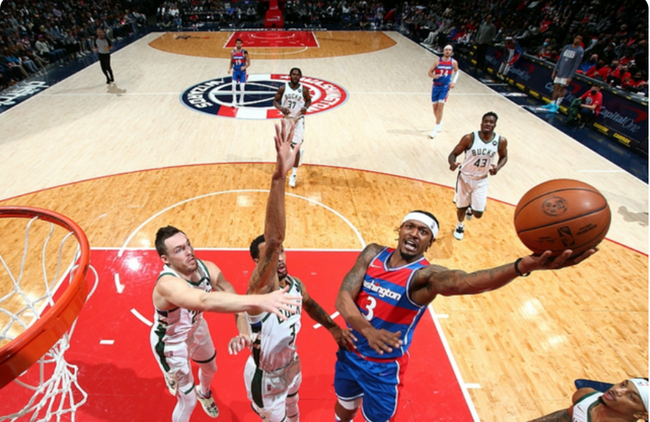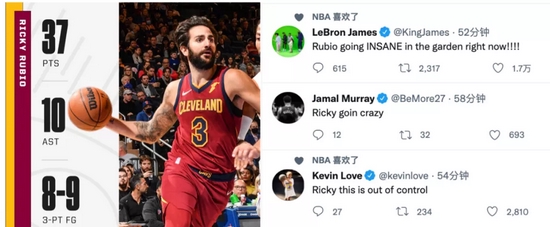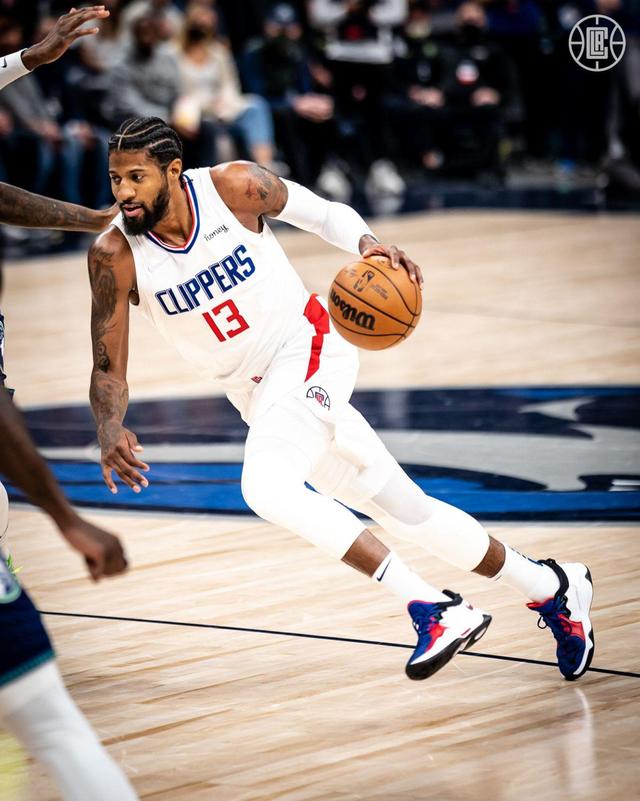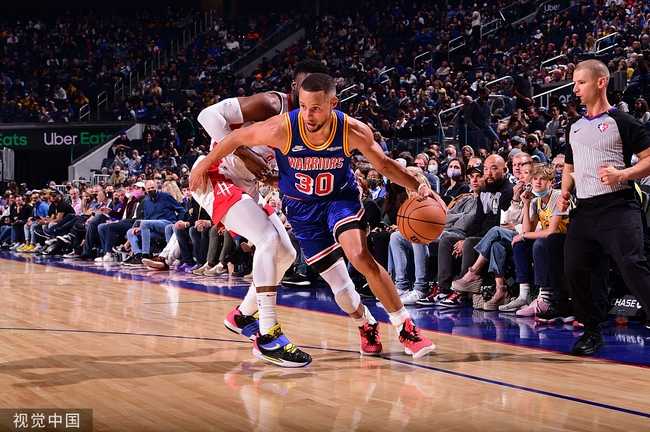You know how ranked games will often have a “hard support” Pudge that decides he needs to actually play core after 10 minutes? Well, what if that happened in a pro game?
Top-tier Dota 2 doesn’t actually see that kind of unilateral audible get called, but it has increasingly seen teams recast traditional carry heroes into support roles. The benefits to this are numerous, in particular how it offers greater scaling potential. It has led to some creative builds for heroes that have long been fairly monotonous.
One example of this is Invoker. Since Team Secret’s Yazied "YapzOr" Jaradat dusted off the hero for a jaunt at The International 2019, a handful of other top support players have tried out the hero to generally great effect. Here’s the best way to play support Invoker in 2020.

Support Invoker build based on Quas-Wex, mana regen
The level pathing and general playstyle for support Invoker is the same regardless of whether playing in a No. 4 or 5 role. The hero is primarily designed to use Invoker’s various crowd control spells to set up kills in lane and deal AOE damage in team fights. This sees the hero focused on leveling Quas and Wex, either completely ignoring Exort or only getting one level.
Tornado and Cold Snap are the go-to spells with a support Invoker, offering strong set-ups for ganks and dealing some damage. Though Ghost Walk is primarily used as an escape mechanism, it’s also a deceptively strong initiation tool due to its strong aura slow. Finally, Ice Wall is another very good tool for locking down enemy heroes even with just one level in Exort.
There isn’t really any trick to playing as support Invoker. Tornado, Cold Snap, Ghost Walk, and Ice Wall are all straightforward spells that can be used as normal. Though Invoker is historically a mid hero that likes to gobble up solo XP, support Invoker is best when rotating to set up kills.
Support Invoker does scale well, but the hero is a below-average laner in comparison to many other supports. His potency hinges on effective rotations and ideally having other AOE stuns on the team.
KuroKy’s support Invoker is standard, but there are options
Itemization for support Invoker is generally straightforward, which was seen in a recent game played by Kuro “KuroKy” Salehi Takhasomi against Just Error. The first pickup ought to be Boots of Speed, but these don’t necessarily need to be upgraded.
If the player feels so compelled, Tranquil Boots add to the lane sustainability of a Quas-Wex Invoker while giving a bit more movement speed. Clarity potions should also be bought in abundance to ensure sufficient mana for engagements.
The first proper item to go for is Urn of Shadows, which can be upgraded into a Spirit Vessel. These items are easy to build and affordable, while still offering strong stats and decent mana regeneration. Naturally, the ability to heal allies and shut down enemy heroes healing doesn’t hurt matters.
Alternatively, players can go in a different direction with Medallion of Courage being built into a Solar Crest. These items have the same perks as a Spirit Vessel, but are a more consistent option for setting up kills for allies.
Other items that offer support and flexibility are viable here. Drum of Endurance works well alongside Spirit Vessel or Solar Crest and helps to mask the deficient stats of an under-leveled Invoker. Eul’s Scepter, Force Staff, and Rod of Atos all offer tools for setting up spells alongside some extra tools that could make the difference in fights.



















A writer is someone for whom writing is more difficult than it is for other people.
Teamwork begins by building trust. And the only way to do that is to overcome our need for invulnerability.